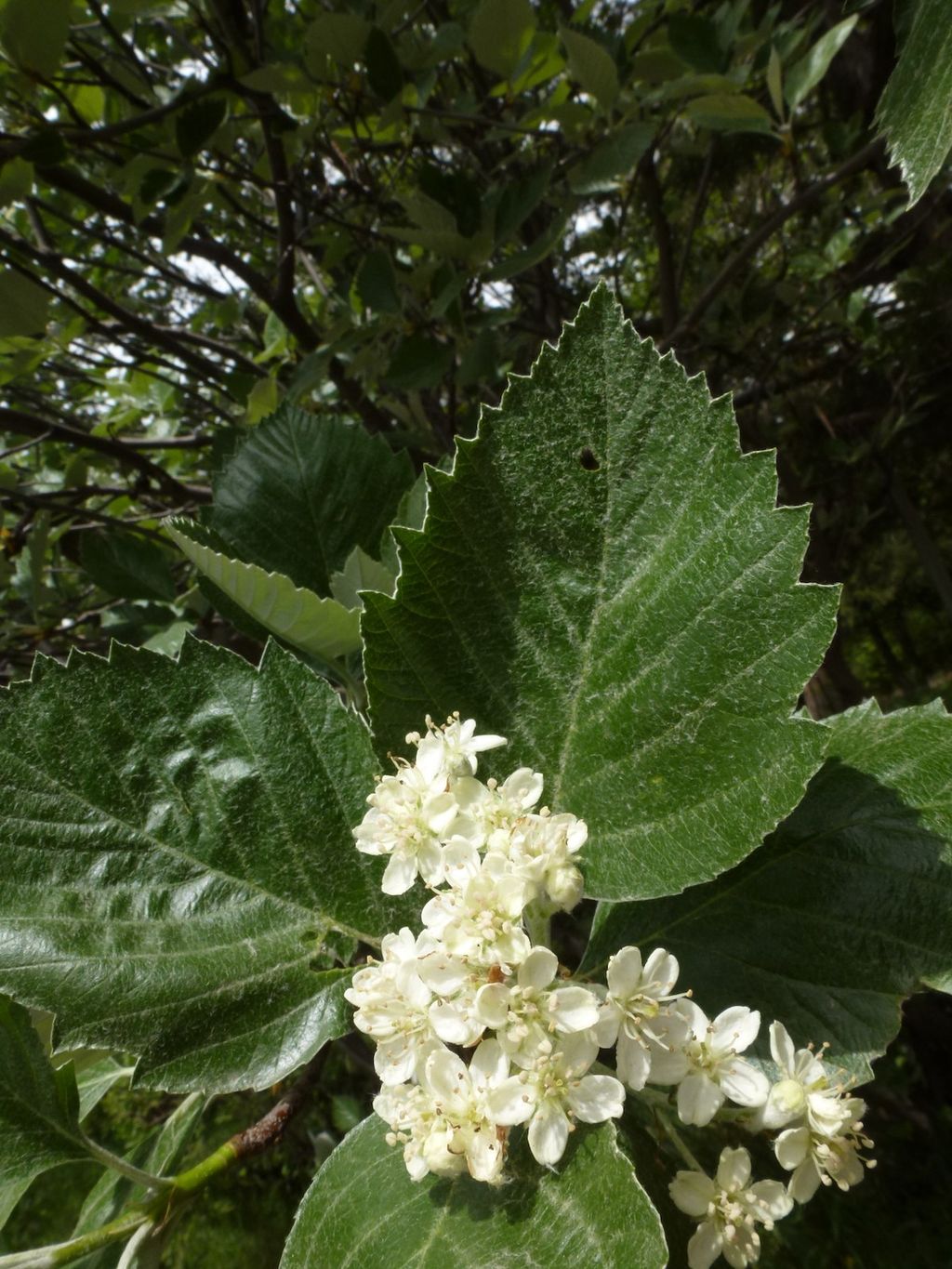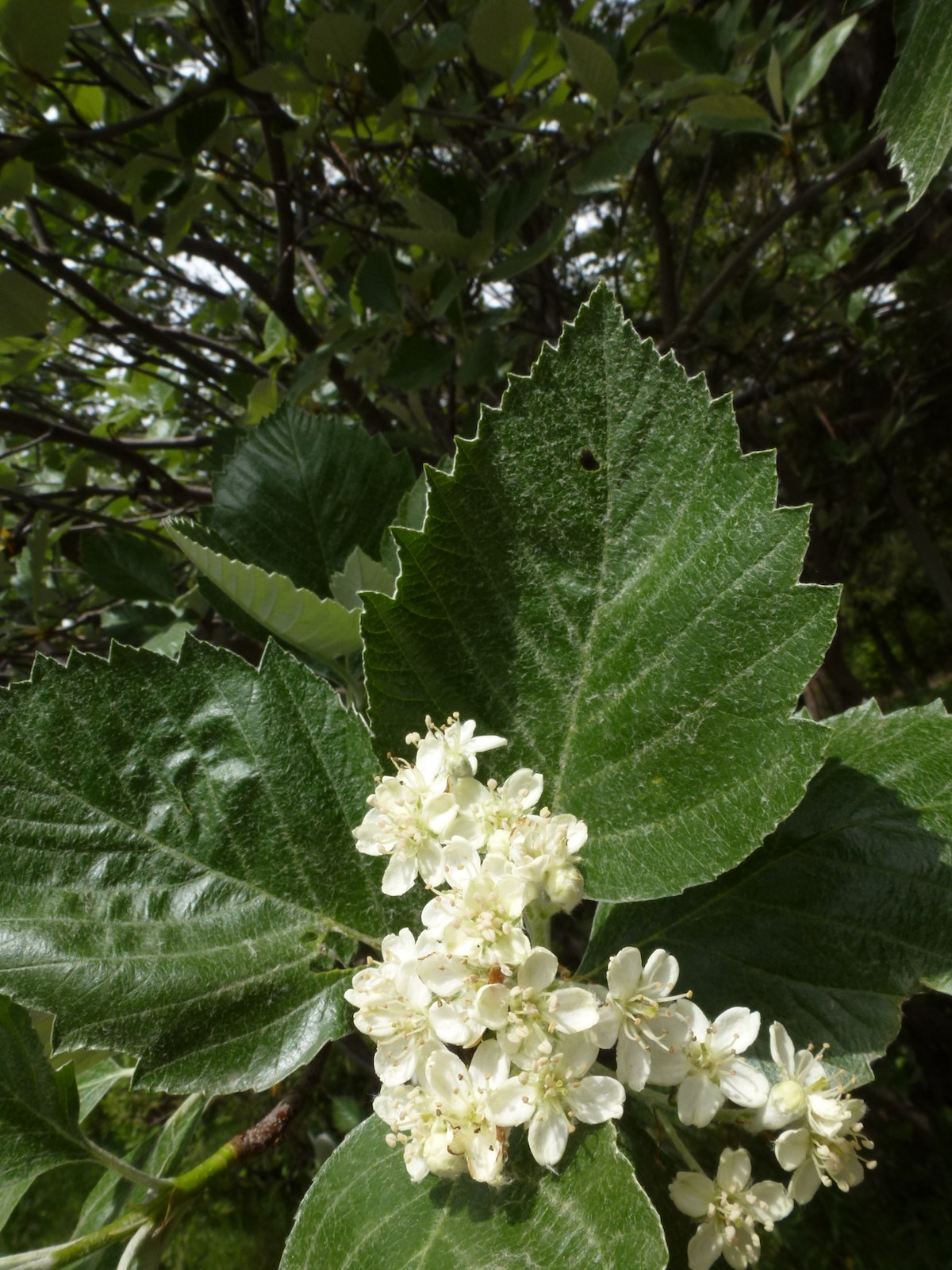Conservation of Sorbus hajastana, an ancient relic plant in Armenia

-
Status of project
Completed -
Region
Europe -
Country
Armenia -
Programme
Global Trees Campaign -
Workstream
Saving Plants -
Topic
Tree Conservation
Project completed: 2018
Conservation problem
Sorbus hajastana is threatened as a result of forest clearance for development, in particular the expansion of recreational areas in response to growing tourism in Armenia’s higher elevation zones.
Project goal
The species’ long-term survival is assured through the establishment of population-based collections at botanical institutions in Armenia and targeted reinforcement programmes in the wild.

Why this species?
Known from six locations in central Armenia and one area in Georgia, Sorbus hajastana (Rosaceae) is an endemic whitebeam of the southern Caucasus. Growing on rocky slopes and in mountainous meadows at altitudes between 1,600 – 2,400 m, this dainty tree has a manifold of uses such as food (berries) for birds, source of honey and herbal medicine, as well as serves as an ornamental plant.
Forest logging for the development of recreational zones and other construction work has reduced the size and vigour of the natural populations in recent years. As a result, this species in now recorded as threatened in Armenia’s and Georgia’s national red lists (Vulnerable – Red Book of Armenia (2010); Endangered – Red List of Georgia (2006; 2014)).
Without urgent support, this plant is likely to face further rapid population decline, putting itself and the species dependent upon it in peril.
What are we doing about it?
Together with our partners – the Yerevan Botanical Garden and the Institute of Botany of the Armenian National Academy of Sciences, we are undertaking collaborative efforts to scale up conservation action for S. hajastana. The specific aims of this initiative are to develop an integrated action plan, comprising:
1) Surveying and inventory of all populations in Armenia;
2) Establishing living plant and seed collections at Yerevan Botanical Garden and other botanical institutions; and
3) Designing conservation actions in the wild, in particular targeting populations in the Sevan National Park.
Contact details
For more information on this project, please contact globaltrees@bgci.org